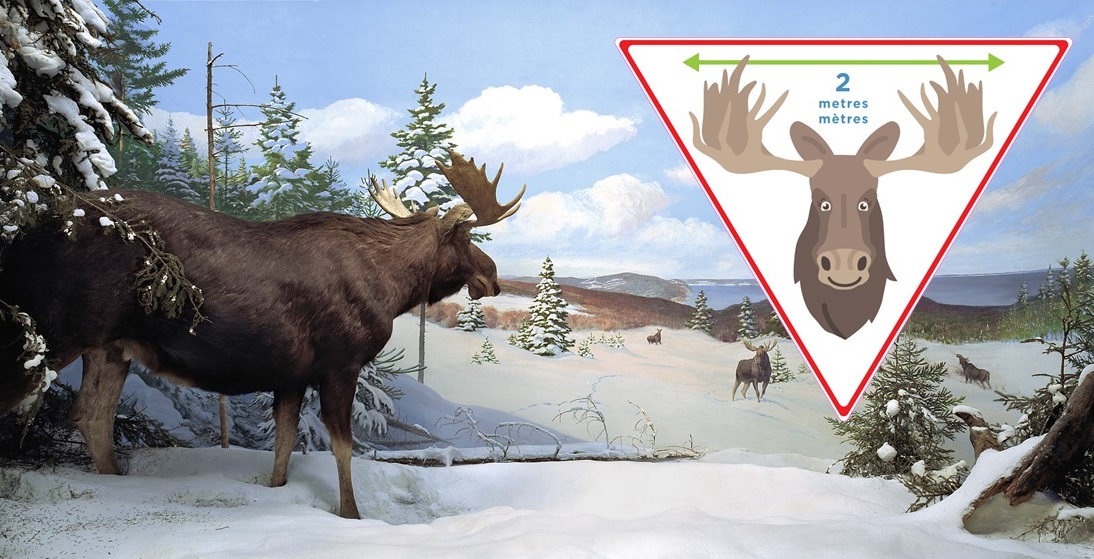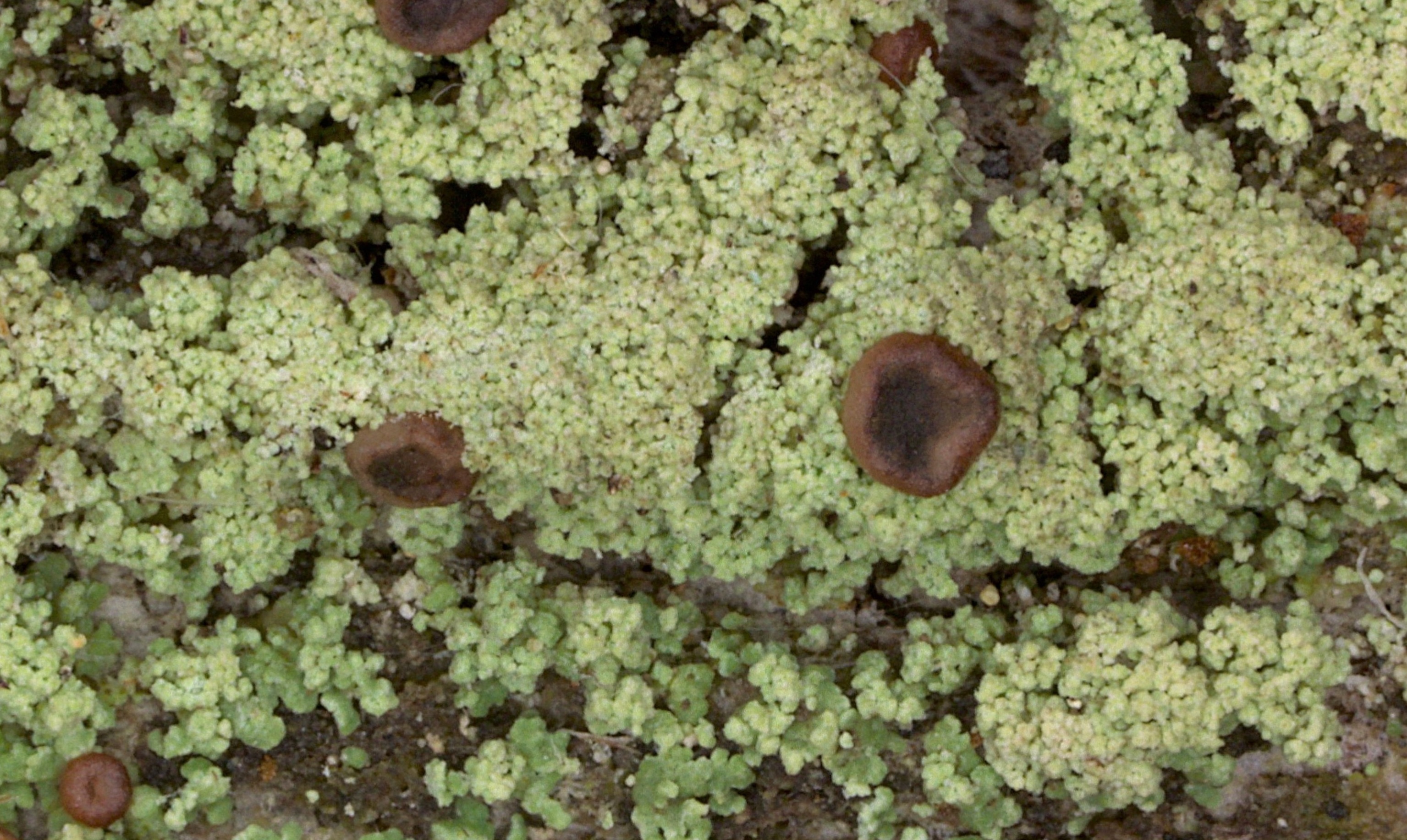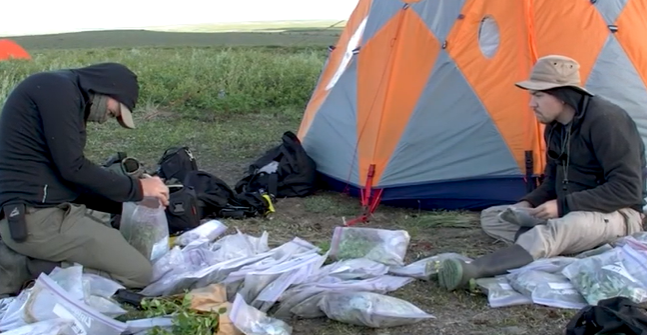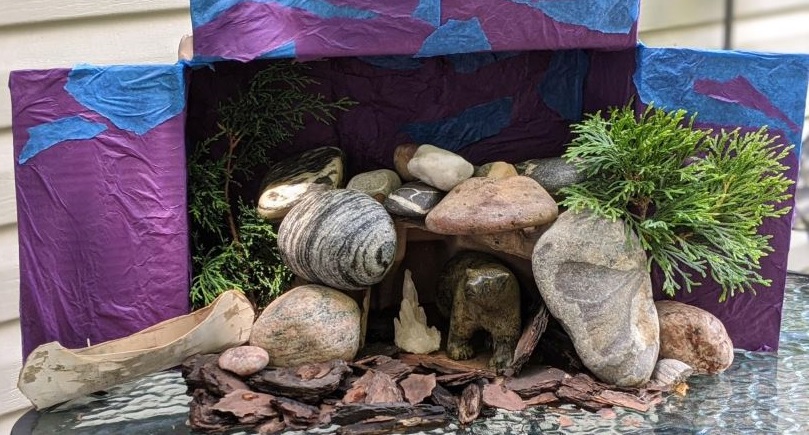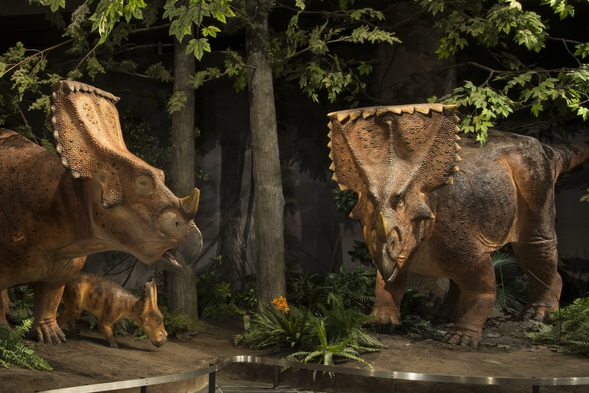
The countdown is on!

Behind the scenes
Coryphodon
Fifty or so million years ago during the Eocene Epoch, Coryphodon, an animal about the size of a modern-day hippo, was widespread in North America. Coryphodon fossils have been found in the Canadian High Arctic on Ellesmere Island. During the Eocene, the Arctic climate was much warmer than it is today, with a mean annual temperature near 12 degrees Celsius. Coryphodon's "claim to fame" is that it had the smallest brain-to-body ratio of any mammal. Despite its massive 500-kg body, its brain was only about 90 grams! The above image is a Coryphodon fossil molar in our collections. The inset picture shows a painting by German artist Heinrich Harder (1858-1935).
Editor: Laura Sutin
Questions or comments can be sent to lsutin@nature.ca
Photos:
Chasmosaurs: Martin Lipman
Music and Nature image: Music and Beyond Festival
Coryphodon painting (inset): Public Domain

